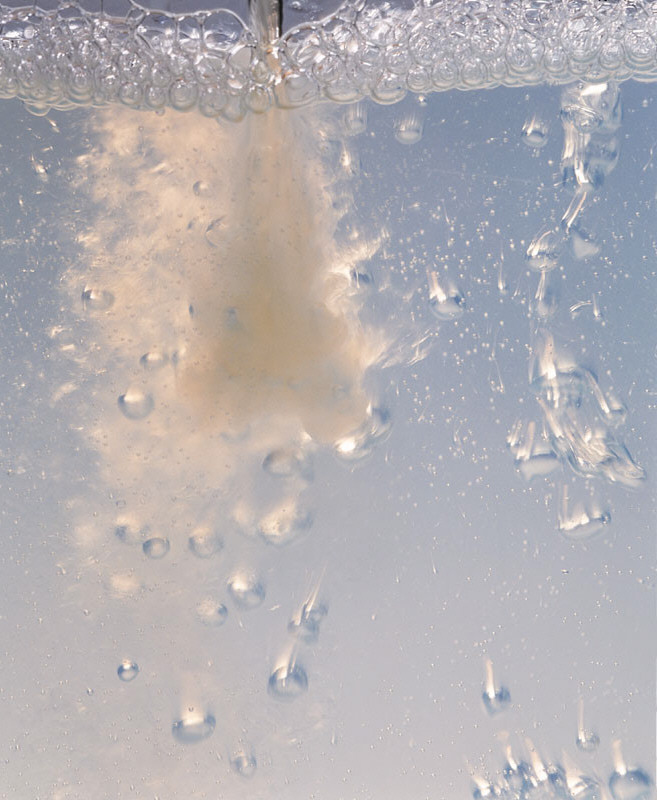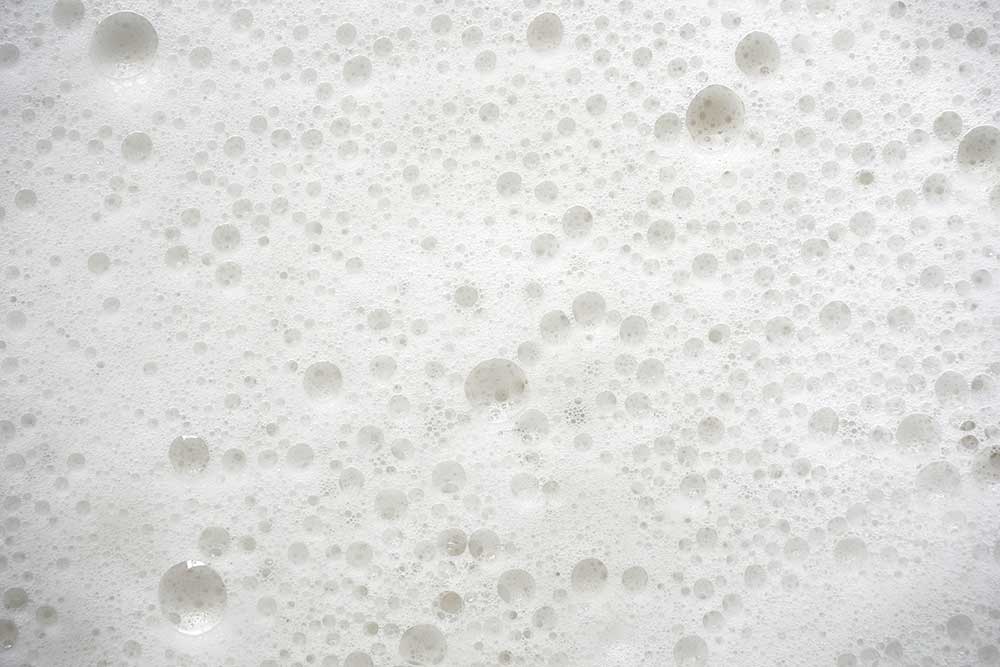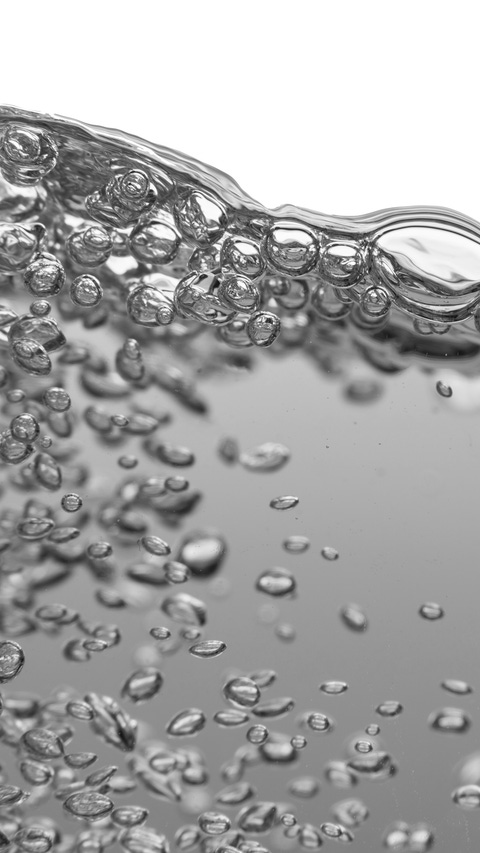The Future of Defoamers: Innovations and Trends in Foam Control Solutions
The Future of Defoamers: Innovations and Trends in Foam Control Solutions
Blog Article
Selecting the Right Defoamer for Your Details Application Requirements
Picking the proper defoamer for specific application demands is a nuanced procedure that demands cautious consideration of multiple aspects, such as the foam kind, operating, and tool conditions. Understanding the nuances of defoamer efficiency-- including rate and determination-- while additionally accounting for regulatory and environmental factors is critical. Additionally, taking part in trials and speaking with makers can offer useful insights. However, navigating these complexities can be daunting, and the effects of a poor option might be significant. What techniques can be employed to guarantee an optimal choice?
Recognizing Foam Formation
Foam development occurs when gas is trapped within a liquid, producing a secure framework of bubbles. This phenomenon can substantially impact various industrial processes, particularly in sectors such as food manufacturing, pharmaceuticals, and wastewater therapy. The visibility of foam can impede blending, lower item high quality, and also result in functional inadequacies.
Foam generally forms because of a mix of factors, including surface-active representatives, agitation, and the attributes of the fluid stage. Surfactants reduced the surface area tension of the liquid, helping with the formation of bubbles that can integrate and maintain. Frustration, whether from mechanical mixing or gas introduction, boosts bubble development, leading to boosted foam volume.
Comprehending the auto mechanics of foam development is essential for industries aiming to maximize their processes. By recognizing the particular problems that promote foam generation, organizations can implement techniques to minimize its effects.
Types of Defoamers Available
Numerous kinds of defoamers are offered to attend to the obstacles positioned by foam in industrial applications. defoamers. Extensively identified, defoamers come under 3 classifications: silicone-based, non-silicone-based, and all-natural defoamers
Silicone-based defoamers are renowned for their effectiveness and stability across a wide variety of temperatures and pH degrees. They are usually used in applications where strong foam reductions is necessary, such as in coatings, adhesives, and paints. Their low surface area tension enables for fast foam collapse.
Non-silicone-based defoamers, typically made from organic compounds, provide an option for applications delicate to silicone deposits. These defoamers can be more split right into polyether and ester types, each customized to satisfy certain solution needs. Non-silicone defoamers are often made use of in food handling and individual care products as a result of their compatibility with numerous formulations.
All-natural defoamers, originated from plant or pet sources, are gaining traction due to their environment-friendly profile. These items are especially appealing in applications where governing conformity and sustainability are paramount, such as in agrochemicals and biotechnology.
Picking the ideal sort of defoamer is important for optimizing efficiency and ensuring compatibility with specific applications.
Secret Application Considerations
When choosing a defoamer, it is necessary to consider the particular application needs to guarantee optimum efficiency. defoamers. Various markets have unique needs, such as food handling, pharmaceuticals, or wastewater therapy, and each application may news require distinct defoaming buildings
Trick factors to assess consist of the tool in which the defoamer will certainly be made use of, whether it is water-based, oil-based, or a mix thereof. The temperature and pH levels of the application can additionally substantially influence the effectiveness of a defoamer. Furthermore, compatibility with various other chemicals present in the system is crucial to avoid damaging responses that can endanger efficiency.
An additional vital consideration is the lathering habits of the details system. Understanding whether the foam forms quickly or slowly can lead the choice of a defoamer that targets the source efficiently. The preferred rate of defoaming can affect the choice, as some applications need quick activity while others may endure slower defoaming procedures.
Lastly, governing and ecological factors to consider ought to not be forgotten, particularly in markets with stringent compliance requirements. Picking a defoamer that straightens with these elements makes sure both efficiency and security in the application.

Performance Testing Techniques
Examining the performance of a defoamer calls for a methodical method to testing that accurately measures its performance in details applications. Numerous performance screening approaches can be utilized to establish the optimum defoamer for a given formula.
One have a peek here common method is the bubble examination, which reviews the defoamer's ability to lower foam quantity over time. This examination involves producing a stable foam and after that adding the defoamer to observe the rate of foam collapse. An additional method is the vibrant foam examination, where foam is generated under regulated conditions to mimic real-world application situations. This strategy supplies insights right into how the defoamer executes under differing shear problems.

Inevitably, choosing the ideal efficiency testing approach depends upon the specific application and the kind of foam being addressed. Each method supplies valuable information that can direct formula adjustments and enhance the performance of the defoamer in practical applications.
Ideal Practices for Option


Following, take into consideration the defoamer's performance in regards to rate of activity and perseverance. A quick-acting defoamer may be necessary for processes where rapid foam reductions is vital, while a more consistent formulation could be needed for prolonged foam control. Furthermore, evaluate the ecological impact of the defoamer, including its biodegradability and any regulative conformity needs.
Conduct tests with picked defoamers to identify their efficiency in real-world problems. By sticking to these best methods, you can boost foam control performance and make certain the long life of your processes.
Final Thought
In recap, picking the ideal defoamer requires a comprehensive evaluation of different variables, consisting of foam type, tool, operating conditions, and environmental factors to consider. Comprehending the one-of-a-kind characteristics of foam formation and the readily available defoamer alternatives is important.
Picking the proper defoamer for details application demands is a nuanced procedure that requires cautious consideration of numerous factors, such as the foam operating, type, and tool conditions.Selecting the appropriate defoamer is critical for accomplishing optimal performance in foam control applications. A quick-acting defoamer might be required for processes where quick foam suppression is critical, while an extra persistent solution may be required for extended foam control.In summary, selecting the suitable defoamer demands an extensive evaluation of various variables, consisting of foam kind, tool, operating conditions, and ecological considerations. Comprehending the one-of-a-kind attributes of foam formation and the readily available defoamer alternatives is crucial.
Report this page